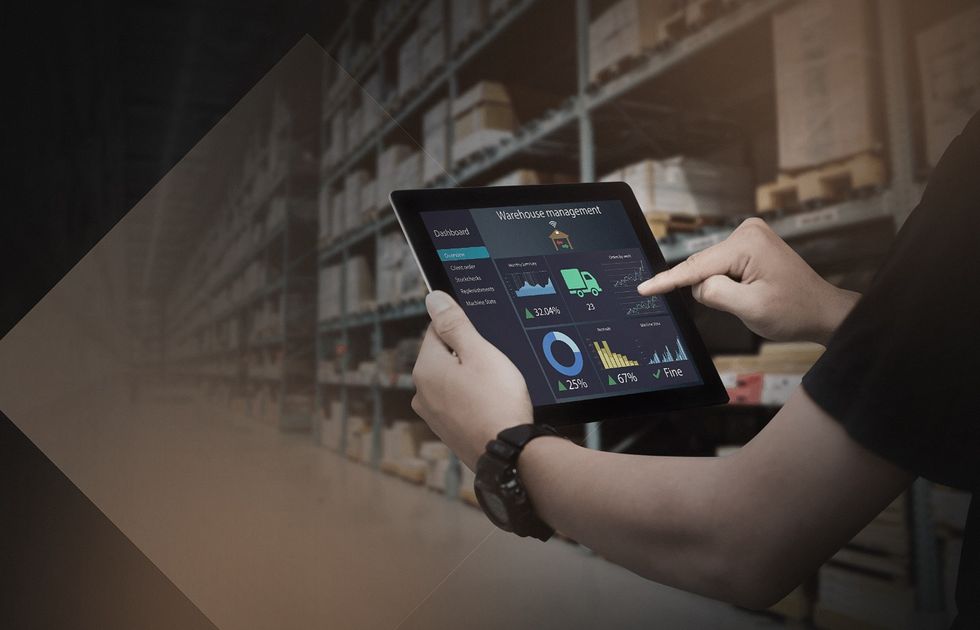Enhancing Warehouse Operations Through IT Integration Strategies

Key Takeaways
- How integrated IT solutions enhance warehouse operations.
- Benefits of using technology for inventory management.
- The role of data analytics in improving warehouse efficiency.
- Practical steps for implementing IT solutions in warehouses.
Introduction to Integrated IT Solutions in Warehousing
In today’s fast-paced logistics environment, warehouses are more than just storage spaces. They are dynamic hubs where efficiency is paramount. Integrated IT solutions are crucial in streamlining operations, managing inventory, and optimizing warehouse efficiency. WarehousingIT provides essential technologies that revolutionize how warehouses operate. These solutions range from basic inventory tracking to sophisticated automation and analytics systems designed to enhance productivity and accuracy.
While integrating advanced IT solutions can seem overwhelming, their benefits are transformative. With the right strategy and tools, warehouses can significantly improve operational efficiency and customer satisfaction. Let’s explore how modern technologies enhance warehousing operations and why they are indispensable for today’s logistics.
Enhancing Operations with Technology
Technology can drastically improve warehouse operations. For instance, automation systems reduce human error and increase processing speed. Automation in warehousing can lead to a 30% increase in efficiency. Implementing robotics for picking and packing, automated sorting systems, and drone technology for inventory checks are just a few ways technology reshapes warehousing. These systems can precisely handle repetitive tasks, freeing human workers up for more complex and value-added activities.
Moreover, automation can also enhance safety in the warehouse environment. Automated guided vehicles (AGVs) and conveyor systems decrease the chance of accidents by diminishing the requirement to handle heavy or dangerous materials manually. It protects the workforce and lowers the costs associated with workplace injuries and downtime.
Inventory Management Made Easy
One of the significant benefits of integrated IT solutions is enhanced inventory management. Technologies like RFID and barcode scanning keep real-time track of stock levels. These technologies help minimize stock discrepancies and ensure a smoother flow of goods. Reliable inventory data leads to fewer stockouts, better order fulfillment, and improved customer satisfaction. Precise inventory control is crucial to avoid too much stock, which can lead to tied-up capital, and having too little stock, which can result in missed sales opportunities.
In addition, integrated inventory management systems can automate reordering processes, ensuring that stock levels are always optimal. These systems can send alerts when stock reaches a predefined threshold, automatically generate purchase orders, and even track incoming shipments. This level of automation significantly reduces the administrative burden on warehouse staff and makes inventory management more efficient.
Utilizing Data Analytics
Data analytics has become an essential part of modern warehousing. Warehouse managers can effectively decide on storage, picking, and shipping processes by analyzing patterns and trends. Data analytics tools provide actionable insights that lead to more efficient and cost-effective operations. For example, predictive analytics can forecast demand, helping warehouses prepare for peak seasons and prevent overstocking or understocking. These insights enable managers to optimize space utilization, personnel deployment, and order processing workflows.
Furthermore, data analytics can highlight inefficiencies and bottlenecks in warehouse operations. By continuously monitoring key performance indicators (KPIs) such as order accuracy, …















